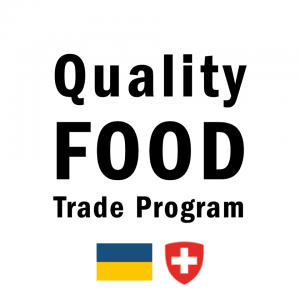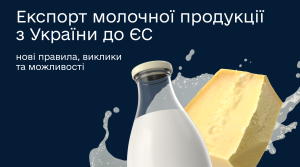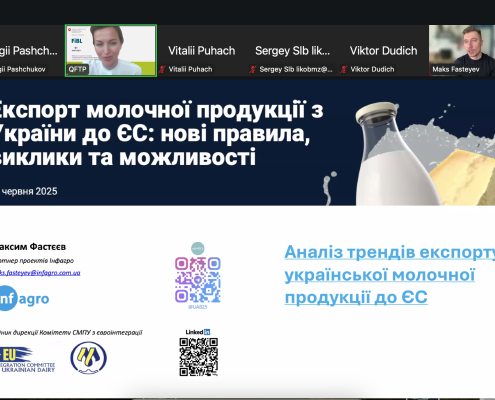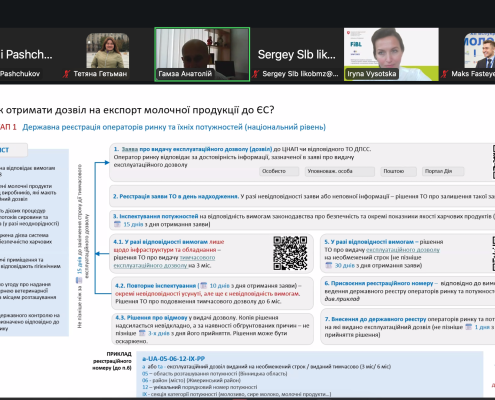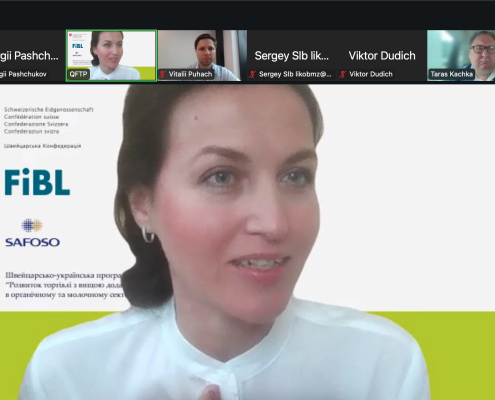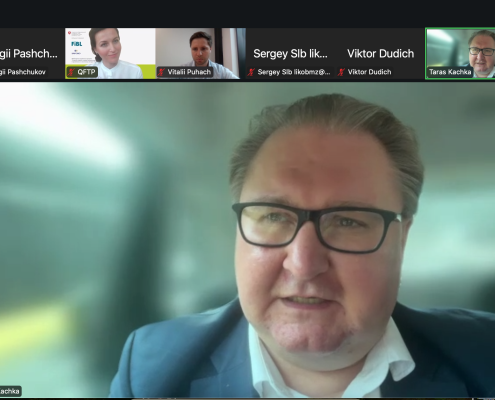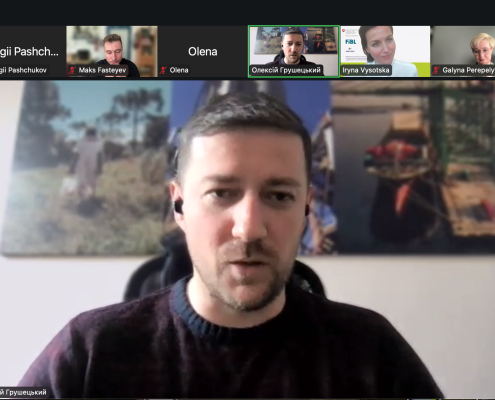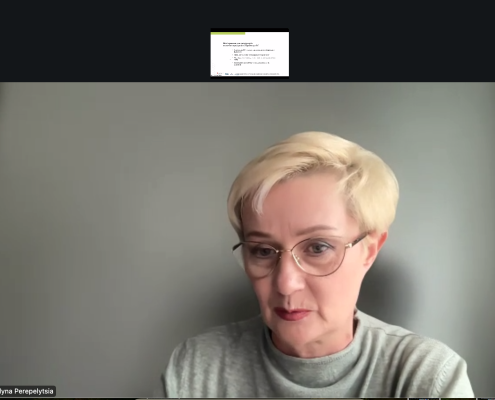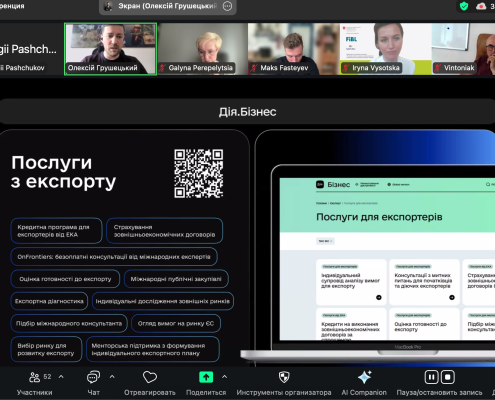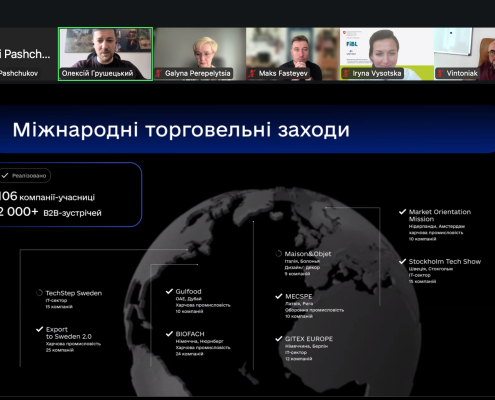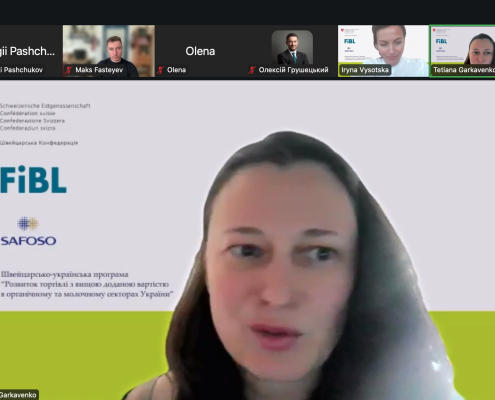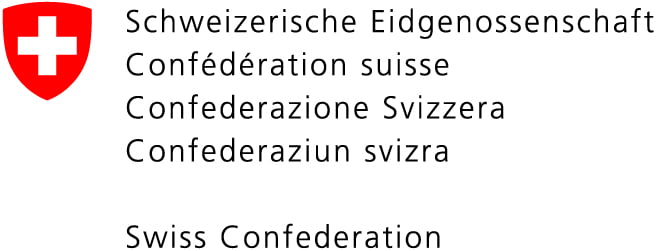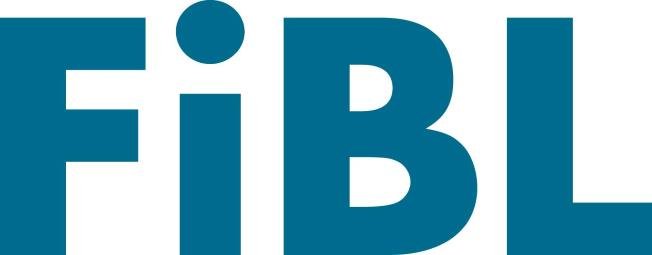Export of dairy products from Ukraine to the EU: new rules, challenges and opportunities
On June 24, the first in 2025 expert discussion took place, focusing on the current conditions and requirements for exporting dairy products from Ukraine to the European Union. The event was held as part of a series of expert meetings aimed at supporting Ukrainian producers in expanding their presence in international markets amid the ongoing war.
The discussion was moderated by Iryna Vysotska, Coordinator of the Dairy Sector Component of the Swiss-Ukrainian Programme “Higher Value Added Trade from the Organic and Dairy Sector in Ukraine” (Quality FOOD Trade Program).
Taras Kachka, Deputy Minister of Economy of Ukraine — Trade Representative of Ukraine, made an opening speech and shared the status of negotiations on increasing tariff quotas for the dairy sector.
As is known, from 2022 until June 6, 2025, Ukraine benefited from trade without any tariff restrictions. However, starting from June 6, the country reverted to the limitations that were in place before 2022.
“We will likely review both the list of products and the existence of quotas in the dairy sector. The most important items are condensed milk, milk powder, and butter — these are the three core products for the dairy industry. In the coming weeks, we hope to finalize the quota review and announce new parameters that will take effect this year. Summer is the peak season for milk supply, so it is crucial to reach an agreement on new volumes before August to ensure free and predictable trade this year and next,” shared Taras Kachka.
The Deputy Minister also emphasized that the dairy sector is one of the few where a constructive dialogue exists between Ukrainian and European producers. It is a sector in which associations on both sides jointly advocate for the need to maintain open trade.
The event also featured speakers Maksym Fasteyev, Anatoliy Gamza, Galyna Perepelytsia, and Oleksii Grushetskyi.
Maks Fasteyev, Infagro Project Partner, presented fresh analytics on export volumes, changes in consumer demand, and regional specifics across EU countries. Special attention was given to the challenges of competition and the need to adapt to market expectations.
Key points:
- Due to increased raw milk supply and limited domestic demand, quotas are unlikely to hinder export growth in milk equivalent in 2025.
- Export growth is also expected to improve the trade balance in monetary terms (USD).
- However, excluding milk-containing products, the trade balance remains close to zero because of growing cheese imports (mainly high-priced retail items).
- The share of trade with the EU continues to grow thanks to trade preferences, high product prices, and logistical advantages (restrictions in other regions).
- Ukraine is increasing exports of value-added products to the EU: in 2024, exports of finished dairy products to the EU reached about USD 30 million — 9% of total dairy exports and over 23% of all exports to the EU. Exports of finished goods help smooth out price fluctuations and ensure stable shipment volumes.
- Private Label is the main sales channel. The next step is entering the market under own brands, which requires investment in promotion.
- Ice cream is an example of stable finished product sales. Key markets include Germany, Poland, the Baltic States, and Bulgaria.
You can find more details from the presentation at the link provided (in Ukrainian only).
Anatoliy Gamza, Acting Deputy Director of the Department and Head of the State Control and Market Operators Registration Unit at the Department of Food Safety and Veterinary Medicine of the State Service of Ukraine on Food Safety and Consumer Protection, provided a detailed explanation of the procedures that producers must follow to obtain permission to export dairy products to EU countries.A full step-by-step guide on “How to obtain permission to export dairy products to the EU” is available at the link provided (in Ukrainian only).
During the event, Galyna Perepelytsia, a certified consultant on EU export, technical regulation, and market access, presented updated European Union requirements that will take effect after the suspension of trade preferences on June 6, 2025. In particular, she outlined the new rules for applying duties and tariff quotas, the revised procedure for their allocation, the confirmation of origin requirements under the PEM Convention, and the key EU legislative acts — regulations and directives — governing the export of dairy products. A full list of changes can be found at the link provided (in Ukrainian only).
Oleksii Grushetskyi, Deputy Director of the State Institution “Entrepreneurship and Export Promotion Office”, presented the key areas of support for Ukrainian businesses in international markets. He emphasized the role of the state institution in export development, particularly in partner search and international promotion of Ukrainian goods and services. He also spoke about various initiatives and tools for business development, such as the Marketplace of Financial Opportunities, the Diia.Business portal, the ECA Program, the Catalogue of Ukrainian Exporters, as well as advisory services and free online courses.
The analytical bulletin “Trends in Export of Ukrainian Dairy to the EU” is available at the link provided.
The event was organised by the Entrepreneurship and Export Promotion Office, the national project Diia.Business and the Infagro analytical agency with the support of Switzerland within the framework of the Swiss-Ukrainian Programme “Higher Value Added Trade from the Organic and Dairy Sector in Ukraine” (QFTP), implemented by the Research Institute of Organic Agriculture (FiBL, Switzerland) in partnership with SAFOSO AG (Switzerland).
